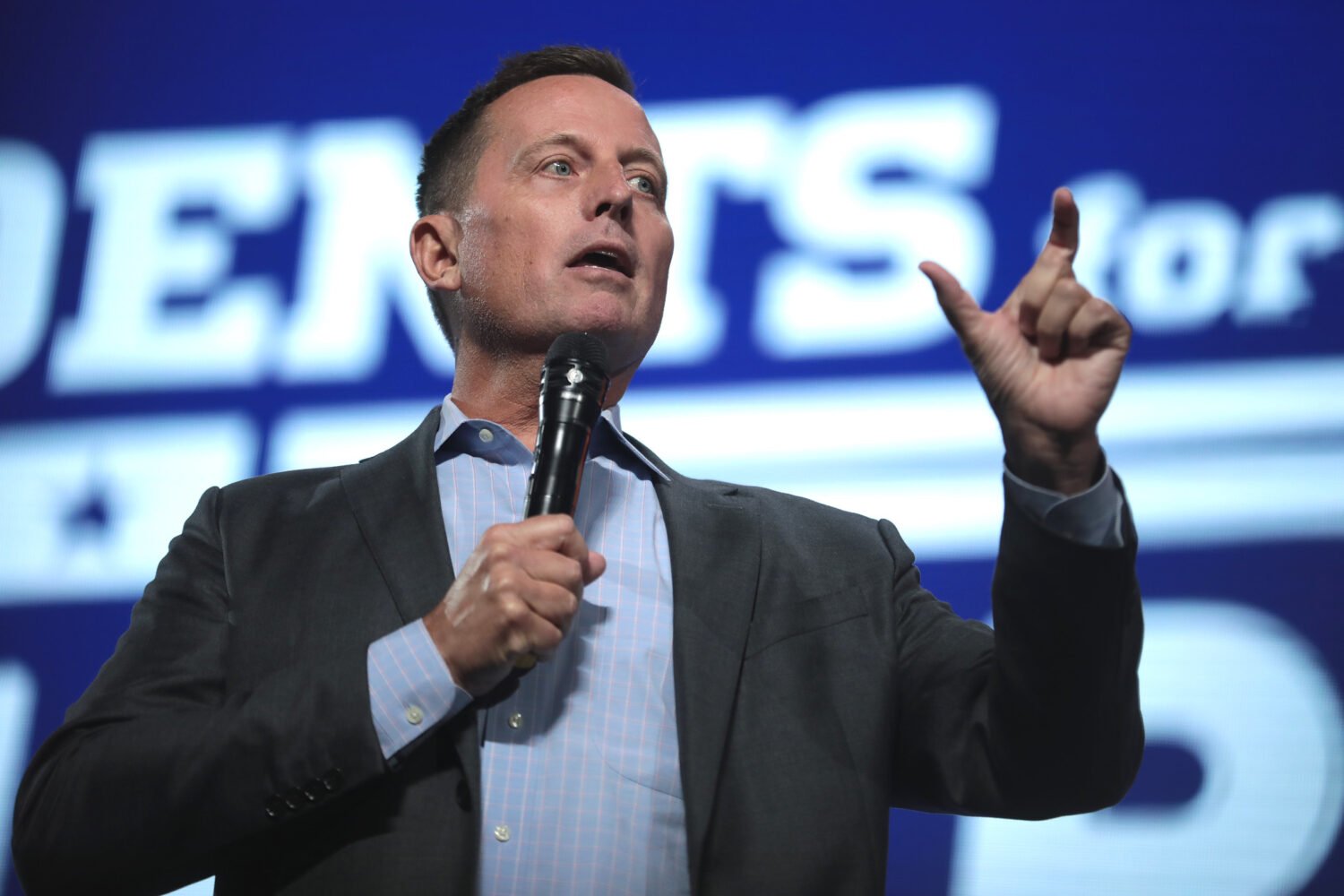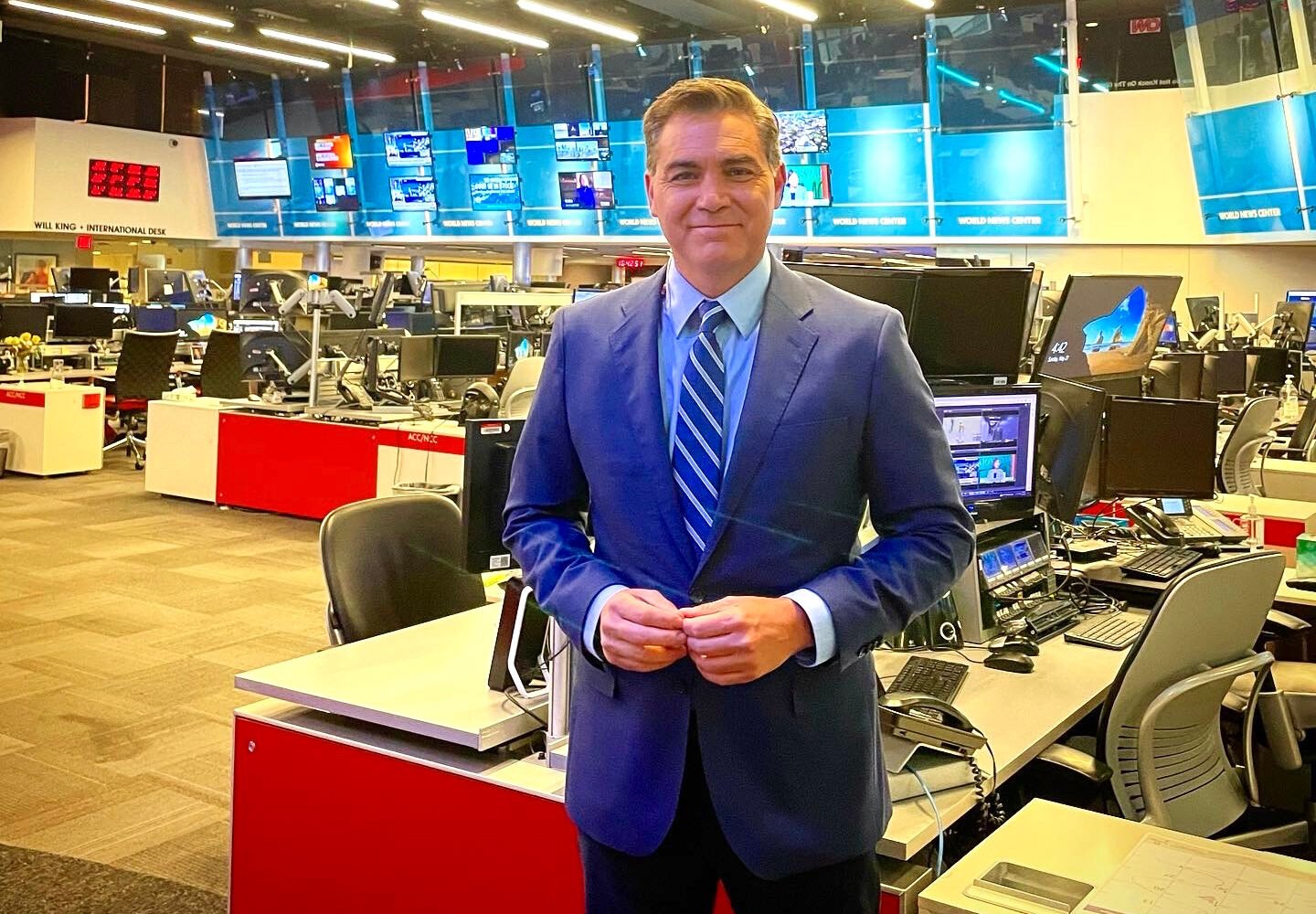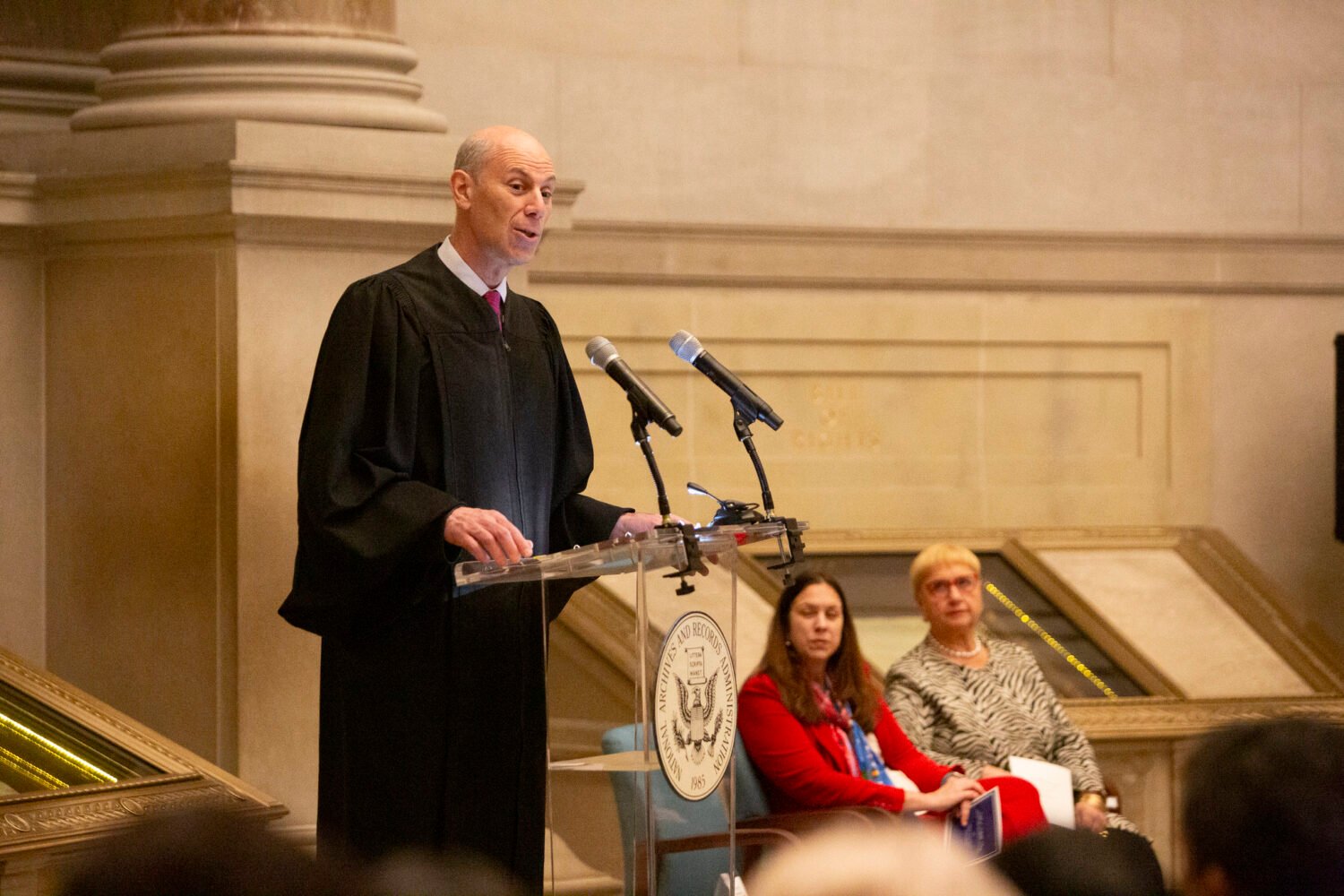If a reporter at a Capitol Hill press conference whips out a hand-held video camera and starts shooting, Washington could be seeing the journalistic envelope being stretched by Politico, the political newspaper and Internet operation that begins tomorrow.
Two top political reporters, John Harris and Jim VandeHei, jumped from the Washington Post to the new venture. Then young media mogul Robert Allbritton threw big bucks at old hands like Mike Allen and Roger Simon. Editor-in-chief Harris promises “revelatory stories” and “plain-speaking style” and “new platforms.”
Politico has made a deal to share coverage with CBS News. For a start, VandeHei and Allen will join Katie Couric to analyze President Bush’s State of the Union address.
Beneath the hype and video cams, Politico is a formidable undertaking with a good chance for success. But that chance has more to do with business and finance than it does with journalistic prowess.
With all due respect to the talent assembled by Harris and VandeHei, it’s not as if the new medium is going to sprinkle fairy dust on the words and images pumped out by political reporters old or new. Politico’s success depends on its business model and patient money.
Which might answer this question: With newspapers shrinking and closing, why risk millions on something like this?
“We’re not a circa-1999 venture trying to catch Internet lightning in a bottle,” Harris tells me. “Robert has patience and discipline. This is not a whimsical venture.”
The new venture anticipates revenues from the old-school model: advertising in the newspaper, which will be published three times a week.
It will be a tabloid. It will have a print run of 25,000. It will be delivered free to congressmen, senators, Capitol Hill staffers, K Street lobbyists, and so forth. The business side hopes it will be thick with ads from Beltway bandits and defense contractors who will pay to reach the political class.
To understand the business model, I visited Politico’s publishing side and sought out Marty Tolchin, the oldest hand of all. Tolchin, 78, started with the New York Times in 1954 and left to start The Hill, a Capitol Hill newspaper, in 1994. After Tolchin eased away from The Hill, Allbritton hired him to help launch Politico.
Is there advertising money left on the table, even after companies like Boeing have been in Roll Call, The Hill, National Journal, and the Washington Post?
“No question,” Tolchin says. “This is a very cost-effective way to send a message to Congress. A full page ad for us can cost $10,000. It would cost ten times that in the Post or New York Times.”
Besides, adds Tolchin, the new ethics laws limit the way lobbyists can cater to public officials, such as paying for trips and tickets to athletic events.
“What are they going to do with all that money?” he asks.
Tolchin, with his wife Susan, recently published A World Ignited, his seventh book. He understands that money will drive Politico: “It definitely will succeed, simply because these people will spare no expense.”
Allbritton, whose media properties include ABC Washington affiliate WJLA-TV and News Channel 8, a 24-hour cable channel, got to Tolchin through noted DC lawyer and agent Robert Barnett. Tolchin developed a modest model to launch a newspaper with young reporters and modest salaries.
“My basic plan changed,” he tells me. “It changed from simple to not so simple. I wanted to go from zero to 60. Their idea is to start at 60. My plan was ‘el cheapo.’ Their plan is blow the competition out of the water. I have no problem with that.”
“They” is Harris and VandeHei. Tolchin approached VandeHei, who brought in Harris, and together they presented Allbritton with a plan to hire great journalists, take reporting onto the Web, and compete with the Post and the Times as well as Roll Call and The Hill.
But isn’t the world choking on political reporting already?
“We will have great stories, better stories, more stories, revelatory stories,” says Harris, his arms folded behind his head at his glass-walled office in an office tower in Rosslyn, across the Potomac River from DC. The building on Wilson Boulevard looks like a giant airplane wing that was turned on its end and stuck in the ground.
Harris recalls having few reporters to throw at political coverage at times when he was political editor at the Post. Now he and VandeHei will flood the zone, in football terms. They promise reporters on every campaign plane. With cameras.
“Our people on the campaigns will all have video cameras,” says VandeHei. “If Obama comes to the back of the plane to chat with reporters, we might shoot that and post that. Reporters will shoot, edit and post video.”
VandeHei promises features of 2,000 words in print and quick “fact-based” blogs along with video on the Internet. You will seeing plenty of Politico on TV, too.
The Politico newsroom runs right into the WJLA and News Channel 8 newsrooms, and the political reporters will appear on both. Joining forces with CBS News, based on talks with news executive Paul Friedman, Harris and VandeHei and their top reporters will show up on Face the Nation and other CBS programs.
The newspaper itself will have a different look. The front page will often have an illustration by political cartoonist Matt Wuerker. His caricature of gossip columnist Anne Schroeder will adorn her column, “Shenanigans.”
Instead of an editorial page with its own pieces, Politico will ask readers to submit 500-word essays on the Internet. Readers will vote on the best, which will be printed in the paper under the slug “Speak To Power.”
Says Harris: “I don’t think we’re going to produce a publication that will transport people to a new place and time on day one. But version one will be followed by two, three, and four.”
That’s if Robert Allbritton is willing to invest plenty of the family’s money and the print-revenue model can support all those versions.


















